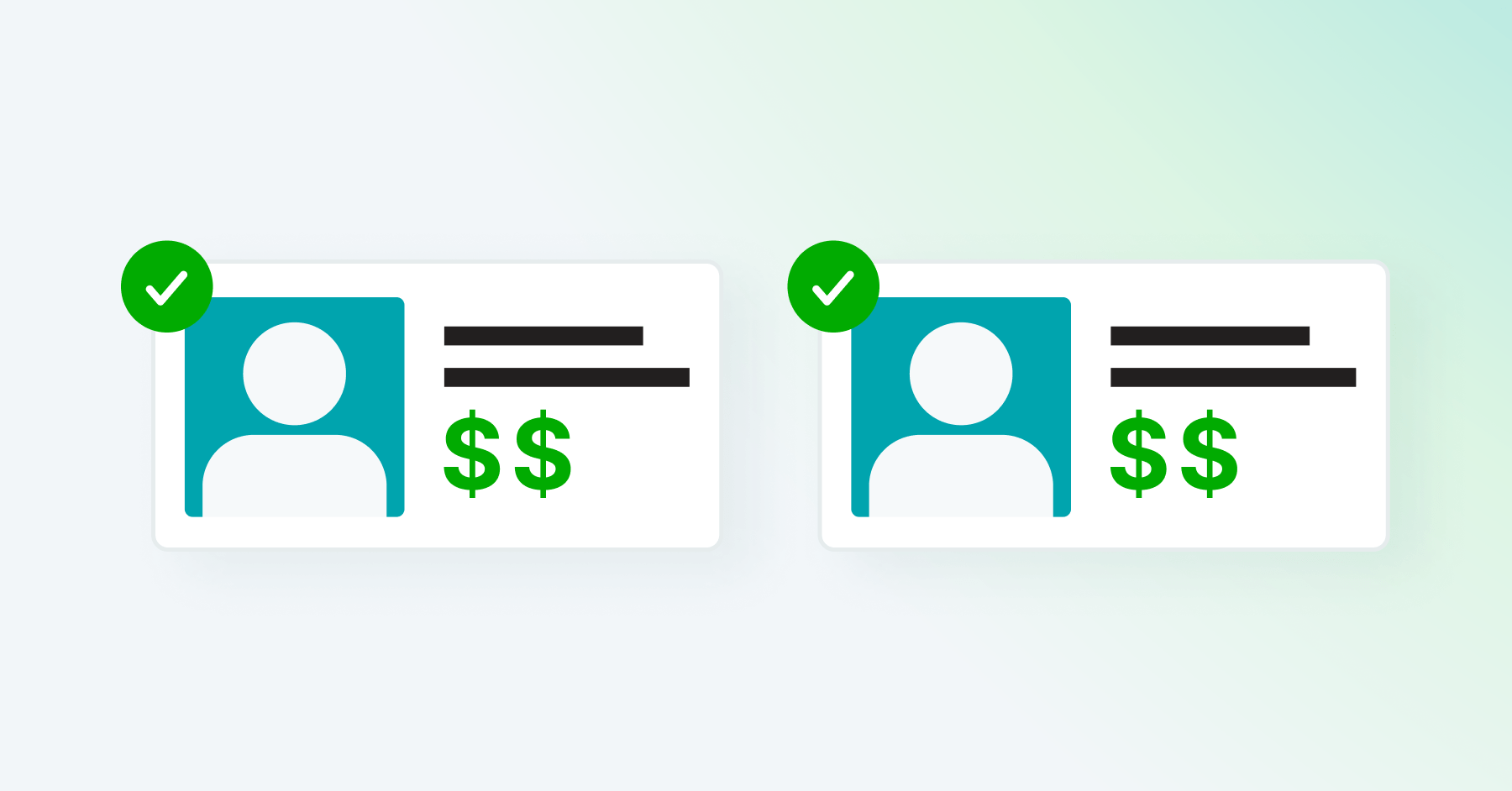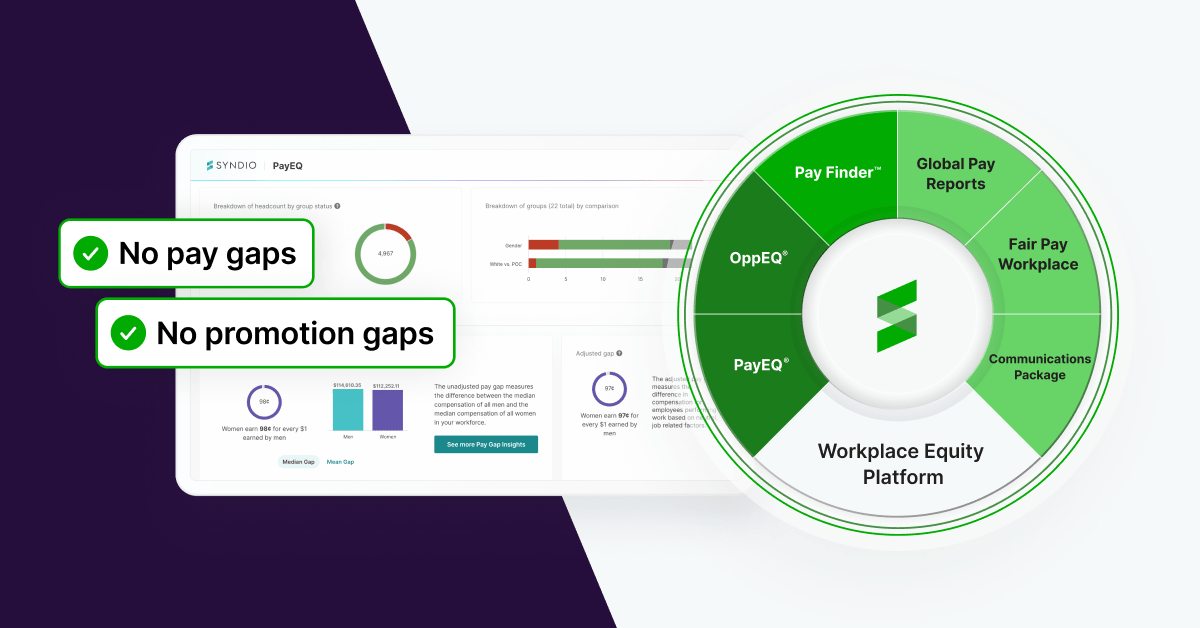As we observe Black Women’s Equal Pay Day 2021, we have to understand the inequities driving the gap in order to change its trajectory.
What is Black Women’s Equal Pay Day?
Black Women’s Equal Pay Day is the day in the year when Black women’s pay finally catches up to what their white male counterparts got paid the year prior. When assessing the wage gap, it’s vital to remember that pay disparities are not only affected by gender, but also by ethnicity — and the intersectionality of characteristics can have a compounding effect. For example, Black women experience the workplace differently and can face different (and worse) discrimination and inequities than those faced by women as a group or by Black workers as a group.
Women of color and the gender pay gap
We know that starting pay is one key driver of the continued pay gap between white men and BIPOC communities, but recent opportunity gap research we conducted shows that the opportunities for advancement to more senior levels in an organization is another key driver of the pay gap.
According to our research, executives earn 2.9 times more than professionals, 6.3 times more than service workers, and 7.1 times more than office and clerical workers. Black women face the widest opportunity gap with a staggering 103-year estimate to close it, with white men holding executive positions 9.2 times the rate of Black women. Latina women face the second-biggest opportunity gap, followed by Black men.
Simply put, lack of representation in senior manager and executive-level roles comes at a high cost to Black women, other underrepresented groups, and the economy as a whole. According to CNBC, if the Black wage, education, housing, and investing gaps had been closed 20 years ago, it would have added an estimated $16 trillion to the economy.
Why measurement matters
The good news is that the pay and opportunity gaps are solvable — and maybe one day Black Women’s Equal Pay Day won’t even need to exist because pay will be fair for everyone. Companies that are taking stock of their current inequities, committing to action, and communicating about their strategies are leading the charge to shrink the gap.
You can’t fix what you don’t track, something our pay equity platform, PayEQ®, helps organizations do by analyzing and resolving unlawful pay disparities due to gender or race. As companies start to analyze their workforce data and shine a spotlight on pay and representation disparities at all levels of the organization, they can start to form precise action plans for where to focus their efforts for the greatest impact.
Explore this opportunity gap research by watching the on-demand webinar recording and reading the full report linked below to see who is most affected by disparities, where the problems are largest, and how your organization stacks up.



